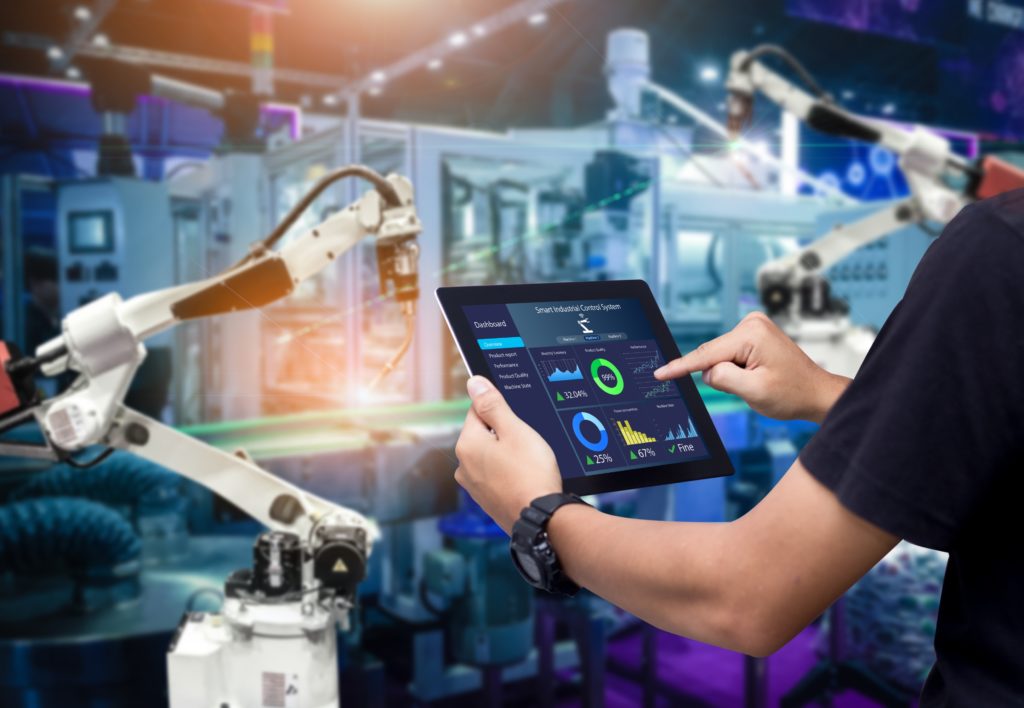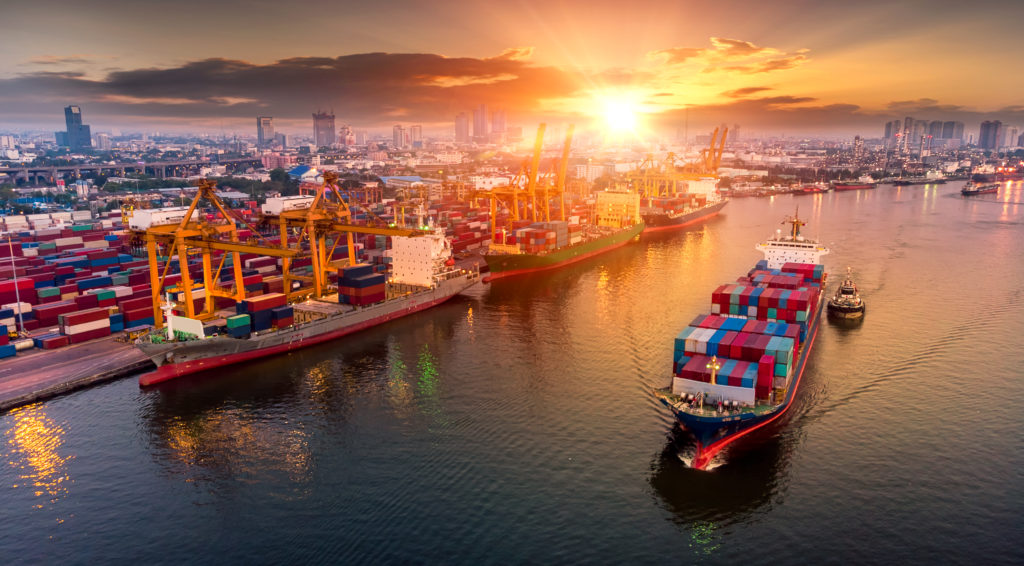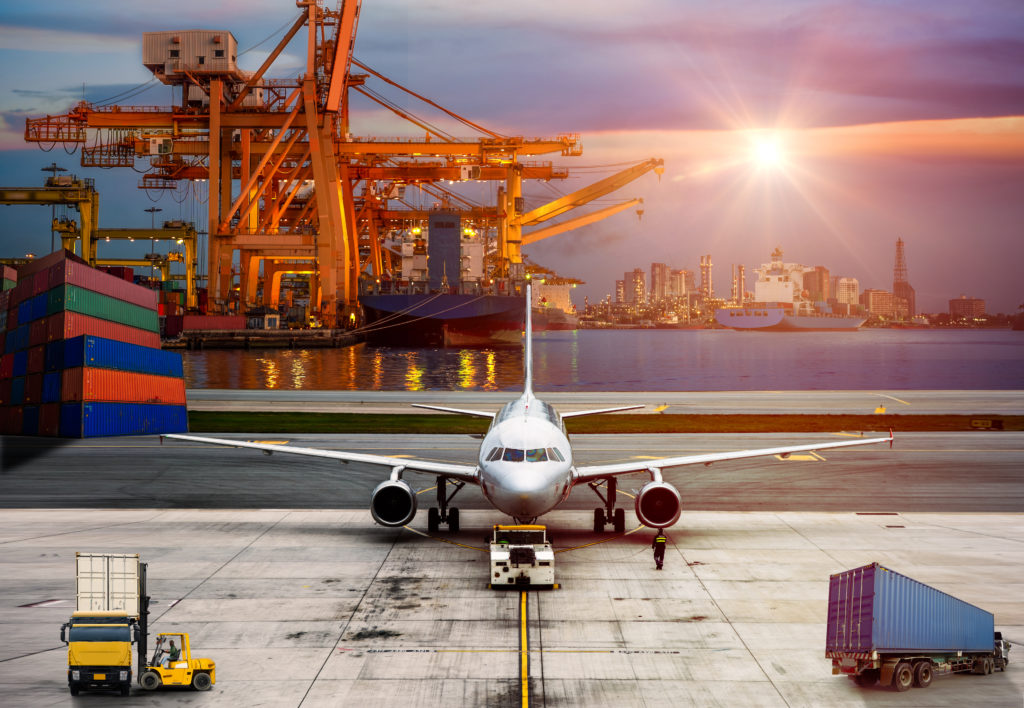Facility Registration and Device Listing
Medical Device – Facility Registration & Device Listing
Medical Device Facility Registration and Device Listing
At the time of importation of medical devices, the U.S. Food and Drug Administration (FDA) will verify compliance with facility registration and device listing.
Owners or operators of places of business (also called establishments or facilities) that are involved in the manufacture, preparation, propagation, compounding, assembly, or processing of medical devices intended for human use in the United States are required by the Federal Food, Drug, and Cosmetic (FD&C) Act to register annually with the U.S. Federal Food and Drug Administration (FDA). This process is known as establishment registration. The annual registration user fee for the fiscal year 2020 is $5,236.
Most establishments that are required to register with the FDA are also required to list the devices that are made there and the activities that are performed on those devices. If a device requires premarket approval or notification before being marketed in the U.S., then the owner/operator should also provide the FDA premarket submission number.
Registration and listing provide the FDA with the location of medical device establishments and the devices manufactured at those establishments.
Is My Product Medical Device?
In-Depth Coverage: Medical Device Import Requirements
Who is Required to Register?
The registration and listing are required for any person who is engaged in the manufacture, preparation, propagation, compounding, assembly, or processing of a device intended for human use, including any person who:
(1) Initiates or develops specifications for a device that is to be manufactured by a second party;
(2) Sterilizes or otherwise makes a device for or on behalf of a specifications developer or any other person;
(3) Repackages or relabels a device;
(4) Reprocesses a single-use device that has previously been used on a patient;
(5) Acts as an initial importer;
(6) Manufactures components or accessories that are ready to be used for any intended health-related purpose and are packaged or labeled for commercial distribution for such health-related purpose, e.g. blood filters, hemodialysis tubing, or devices which of necessity must be further processed by a licensed practitioner or other qualified person to meet the needs of a particular patient, e.g., a manufacturer of ophthalmic lens blanks
| Establishment Type | Domestic | Foreign |
| Manufacturer / Remanufacturer / Kit Assemblers | Yes | Yes |
| Specification Developer | Yes | Yes |
| Contract Manufacturer / Sterilizer | Yes | Yes |
| Repackagers / Relabelers | Yes | Yes |
| Reprocessors of Single-Use Devices | Yes | Yes |
| Complaint Handlers | Yes | Yes |
In-Depth Coverage: Country of Origin
- Country of Origin of Imported Merchandise
- Customs Ruling: Country of Origin
- Country of Origin: Food Products
- Country of Origin: Chemical and Pharmaceutical Products
- Country of Origin & Country of Manufacture: CBP vs. FDA
- Country of Origin: Substantial Transformation or Country of Assembly Test
- Country of Origin and Free Trade Agreement
- Country of Origin and Section 301
Medical Device Listing
- All establishments who must register also must list their devices Exception: initial importers/distributors do not list
- Foreign establishments must list device before it can be imported into the United States
- Manufacturer or Specification Developer must list device first; then contract manufacturer or sterilizer may list
- For combination products, identify the type of combination –e.g., device-biologic; device-drug, etc.
When to Register & List Initial/First-Time Registration
- Domestic establishments: within 30 days of putting a device into commercial distribution
- Foreign establishments: prior to exporting to the United States for the first time. Failure to do so may result in shipment detention by Customs/Border Patrol
- Initial Importers: prior to importing to the United States for the first time
- only register; do no list
- must identify the manufacturer of each device imported
Annual Registration and Listing Certification
- Establishments must certify that their registration information is complete and accurate
- must be done annually
- between October 1 through December 31 of each year
- make any changes as necessary
- Information may be updated at any time: strongly recommended if plan to discontinue, resume or begin marketing/distributing of a device
In-Depth Coverage: Importing Cosmetics
Registration and Listing Requirements
- All registration and listing information must be submitted electronically unless a waiver has been granted.
- All proprietary names under which a device is marketed must be reported, at a minimum, when a device is first listed and during the annual update of registration and listing information.
- Combination products – products comprising a device and a biological product or a drug – must be identified as a combination product and the type of combination product (for example, convenience kit, prefilled drug delivery device, etc.) must be selected from the list displayed in the FDA Unified Registration and Listing System (FURLS).
- All contract manufacturers and sterilizers of finished devices must register and list regardless of whether they put the device into commercial distribution or return the device to the manufacturer or specification developer.
- Initial importers must identify the manufacturers of the devices they are importing.
- Foreign establishments that are exporting devices or offering devices for export to the United States must identify all known U.S. importers of their devices.
- A device must be listed by the manufacturer, specification developer, single-use device reprocessor, remanufacturer, or repacker/relabeler before a foreign exporter, contract manufacturer, or contract sterilizer can list it.
- Establishments that only handle complaints and previously registered as manufacturers or specification developers should change their establishment type to “Complaint File Establishment.”
- Establishments located in foreign trade zones must now register and list, as well as identify themselves as being located in a foreign trade zone.
- All establishments that are required to register must now pay the annual registration user fee as required by Food and Drug Administration Safety and Innovation Act (FDASIA).
In-Depth Coverage: Customs Valuation
Foreign Establishments Liaison: US Agents
Any foreign establishment engaged in the manufacture, preparation, propagation, compounding or processing of a device imported into the United States must identify a United States agent (U.S. agent) for that establishment.
Information about a foreign establishment’s U.S. Agent is submitted electronically using the FDA Unified Registration and Listing System (FURLS system) and is part of the establishment registration process. Each foreign establishment may designate only one U.S. agent. The foreign establishment may also, but is not required to, designate its U.S. agent as its official correspondent. The foreign establishment should provide the name, address, telephone and fax numbers, and e-mail address of the U.S. agent.
The U.S. agent identified will be required to complete an automated process to confirm that they have agreed to act as the U.S. agent. The automated process will forward an email verification request to the U.S. agent. They will be requested to confirm her/his consent to act as a representative/liaison on behalf of the foreign establishment. If the U.S. agent denies consent (or does not respond within 10 business days), the Official Correspondent/Owner Operator of the foreign establishment will be notified and must designate a new U.S. agent to satisfy the regulatory obligation.
Roles of the U.S. Agent
- assist the foreign establishment to communicate with FDA
- may be granted authority by the foreign establishment to act as an official correspondent
- receive official FDA information or documents
- respond to questions concerning products being imported or offered for import
Restrictions
- must reside or have a place of business in the United States; no Post Office (P.O.) Box
- has no responsibility to report adverse events or submit 510(k)s
In-Depth Coverage: Marketing and Advertising Compliance
- Federal Trade Commission (FTC) Advertising Rules
- Made in USA Standard
- FTC Regulation on Environmental Claims
- Adverting and Marketing on the Internet
- Label Claims for Conventional Foods and Dietary Supplements
- Dietary Supplement Advertising: What is FTC's Truth-in-Advertising Law?
- USDA Country of Origin Labeling (COOL)
- FTC Rules & Regulations on Food Advertisement
Foreign Establishments, Exporters, Importers, and Contract Manufacturers and Sterilizers
Can an individual represent a foreign establishment as its U.S. agent and its official correspondent?
Yes, but as the U.S. agent, the individual must reside or have a place of business in the United States. No post office, lock or mail service drop boxes are allowable. The address must be for a physical location where the U.S. agent can be visited by FDA staff.
Now that a foreign establishment is required to provide the names of all known importers of its devices, must it continue to update this information in FURLS whenever it changes?
Yes. A foreign establishment must provide this information during the initial registration, annual registration, and at the time of any changes.
As an importer, I am now required to provide the manufacturer information for devices I will be importing. Must I update this information in FURLS as new firms are added or I decide to no longer distribute for a particular manufacturer?
FDA recommends that importers keep their manufacturer information current at all times. Failure to keep your information current may lead to your shipments of imported devices undergoing manual import entry review by the FDA, which may slow importation of your goods.
I am a foreign exporter, contract manufacturer, or contract sterilizer and I am trying to list a non-exempt device and FURLS will not allow me to proceed. Why can I not list this device?
The device must be listed by a manufacturer, remanufacturer, single-use device reprocessor, specification developer, or repacker/relabeler before you can list the device. You should check with your customer, manufacturer, or specification developer to make sure they have listed the device, or you can search for the listing in the Establishment Registration & Device Listing database.
FDA-Regulated Products and Import Requirements
- What is Food Safety Modernization Act (FSMA)?
- Prior Notice of Imported Foods
- Food Facility Registration
- Risk-Based Preventive Controls for Human Food
- Risk-Based Preventive Control for Animal Food
- Standards for the Growing, Harvesting, Packing, and Holding of Produce for Human Consumption
- What is Foreign Supplier Verification Program (FSVP)?
- Protect Food against Intentional Adulteration
- FDA Regulated Product in Foreign Trade Zone (FTZ)
- Entry Review Process for FDA Regulated Products
- Country of Origin VS Country of Manufacture
- Foods Regulated by FDA or USDA: What is the Difference?
- Label and Labeling Claims for Conventional Food and Dietary Supplements
- What is USDA Country of Origin Labeling (COOL)?
- Import for Export of FDA Regulated Products
- FDA Regulated Products in Personal Baggage or Sending by Mail or Courier
- International Mail Facility (IMF) and FDA Regulation
- Importing Biological Product Regulated by CBER
- Importing Cosmetics and Voluntary Cosmetic Registration Program (VCRP)
- Importing Drugs into the U.S.
- Importing OTC Drugs into the U.S.
- Importing Veterinary Drugs into the U.S.
- Importing Tobacco Products into the U.S.
- Importing Medical Devices into the U.S
- Importing Food Products into he U.S.
- Importing Radiation-Emitting Products into the U.S.
Guidance on customs & logistics solution for traditional and e-commerce importers and exporters
Importer Security Filing (ISF)
An ISF is required when cargo (ocean only) laden on vessel at a foreign port is destined for shipment to the U.S. Under ISF rule, some importing information and details regarding cargo must be transmitted to the CBP at least 24 hours before goods are loaded onto the vessel.
Customs Clearance
All goods imported into the U.S. are required to be declared to CBP. Our customs broker will help you stay in compliance with customs laws and regulations and clear your goods quickly and efficiently with our electronic Automated Commercial Environment (ACE) and Automated Broker Interface (ABI) Single Window System.
Freight Forwarding
Looking for a freight forwarding partner? To move your cargo from its current location through customs to its final destination we will partner with you to find the best way for your business. Whatever your transportation, logistics or customs clearance needs, we will do our best to customize a solution for your needs.
Warehousing & Distribution
Our warehouse facility offers great potential for serving as a regional hub with over 145,000 SF storage capacity close to Los Angeles Airport & Los Angeles/Long Beach Sea port. With our extensive experience in freight services, your import/export cargo will be handled quickly and effectively.
Section 321 Entry
Section 321 entry allows importing free of duty and tax for shipments imported by one person on one day having a fair retail value in the country of shipment not more than $800. We provide our resident and non-resident clients with dedicated ACE eManifest solutions for Section 321 entry of all modes of transportation.
Non-resident Importer Program
If you want to sell your products in U.S. marketplaces, but you are a business owner located outside of the U.S. and do not have an entity or presence in the U.S., you need to be established as a Foreign Importer of Record before your products can be imported into the U.S. We can help you.
E-Commerce
The Internet has made it easy to find and purchase items from almost anywhere in the world. Our e-commerce experts will help you find the right solution for your international transportation, customs clearance, and delivery to your final destination. We also provide value-added repackaging, warehousing and distribution services.
Customs Clearance and Import Requirements
- Entry of Imported Merchandise
- What is Section 321 Entry?
- What is Automated Commercial Environment (ACE)
- What is an Automated Broker Interface (ABI)?
- Who is Ultimate Consignee?
- What is Non-Resident Importer Program?
- Country of Origin of Imported Merchandise
- What is the Country of Assembly?
- What if the FDA's Country of Manufacture?
- Marking of Country of Origin on U.S. Imports
- What is Customs Bond?
- Reconciliation Prototype and Bond Rider
- Who Needs a Customs Broker?
- What is Customs Ruling Program?
- Classification of Imported Goods
- How is imported merchandise appraised?
- What are Import Quotas?
- What are Trade Remedy Duties?
- Antidumping Duty (AD) and Countervailing Duty (CVD)
- What is Foreign Trade Zone (FTZ)?
- What is Importer Security Filing (ISF)?
- What is Temporary Importation under Bond (TIB)
- What is In-Bond Process?









